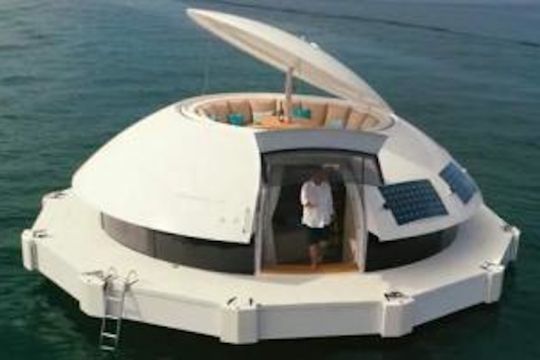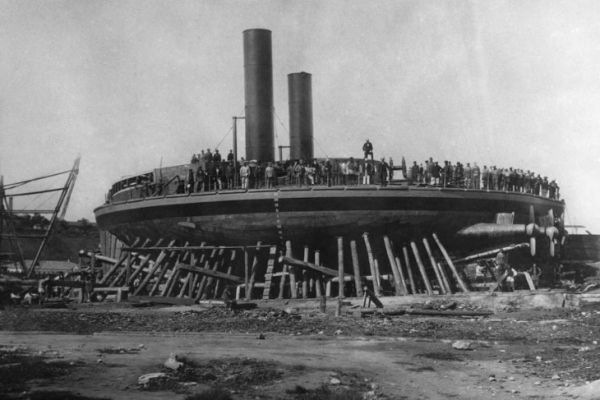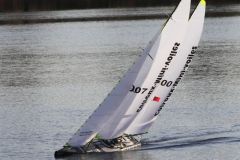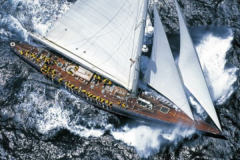Round ships, what an idea! It was the idea of Admiral Andrei Alexandrovich Popov in the second half of the nineteenth century. The battleships Novgorod and Vice Admiral Popov, as well as the imperial yacht Livadia were built on this principle. What career for these unusual ships?

A not so modern idea
The temptation of a circular boat does not date back to the Russian Empire. In fact, round floating platforms have existed since ancient times to move on waterways and transport people and heavy loads. Traces of them can be found in Mesopotamia on the banks of the Euphrates, in India, or in Asia. In Great Britain and Ireland, coracles, a kind of basket boat, were still used on rivers in the twentieth century.
Nevertheless, this type of design was not used for ships intended to sail at sea.
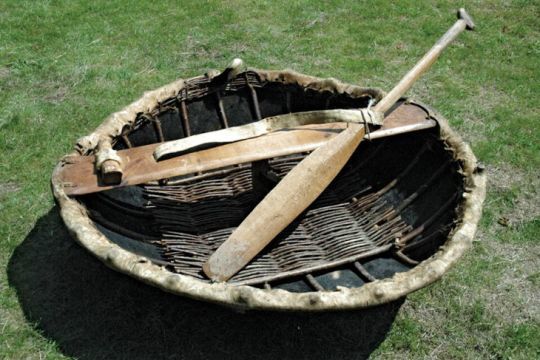
A particular context
The popovka would perhaps never have seen the day without a particular international context. Indeed, at the end of the Crimean war, the treaty of Paris, signed in 1856, declares the neutrality of the Black Sea and forbids the circulation of warships or the construction of fortresses.
In order not to leave Sevastopol undefended, the Russian Empire looked for a way to circumvent the provisions of the Treaty of Paris. Admiral Andrei Popov then had the idea of a round battleship whose characteristics would allow it to be heavily armed with guns, but which would not appear in the registers of the military fleet: the Novgorod took shape.
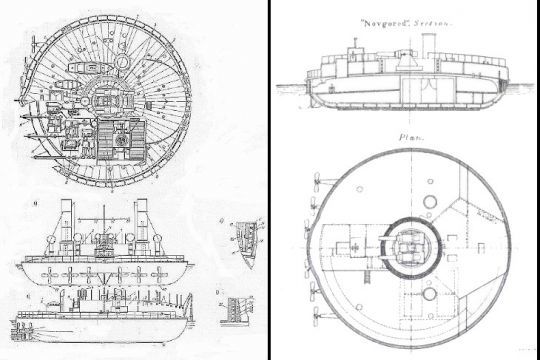
A round and powerfully armed battleship
In theory, the circular design of the ship was to allow it to carry heavy guns for coastal defense, and to avoid the phenomenon of rolling to improve the accuracy of the shooting for example.
The Novgorod has a length and width of 31 meters, a circular shape, a flat deck except for its two chimneys. It is propelled by six steam engines for a total power of 3,000 horsepower. This power allows her to advance at 6 or 7 knots maximum.
In terms of armament, it has a strong armor, two 279-mm guns, two 86-mm guns and sixteen 37-mm guns.
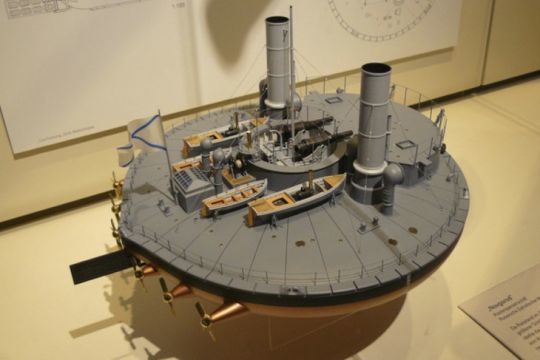
Nautical qualities that leave something to be desired
However, the Novgorod and its sister ship, the Vice-Admiral Popov, did not show any interesting nautical qualities. On the contrary, they were called "the worst warships ever built". Because of their shape, the cannon fire made them turn and move backwards, not allowing the precision of fire necessary for a warship. Moreover, the deck was swept by the waves as soon as the sea was rough.
The imperial yacht Livadia performed better, as its shape was rhomboidal rather than round, with a length of 71 meters by 46 meters. However, during its first voyage, the yacht suffered severe damage due to its design.
The damage had a dual mechanism: first, as the flat bottom tilted over the waves, gravity put a huge strain on it, bending the entire structure downward. Second, as it fell back, the bottom hit the water hard, breaking the rivets and tearing out the crossbeams. Launched in 1880, the Livadia was abandoned by the imperial family in 1883. This is how the Russian Empire stopped manufacturing round ships.
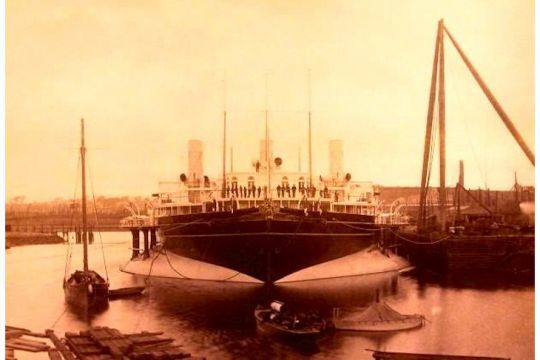
The idea still remains, however, with the design of the bubble house imagined by the naval architect Jean-Michel Ducancelle and classified as a boatâeuros¦
